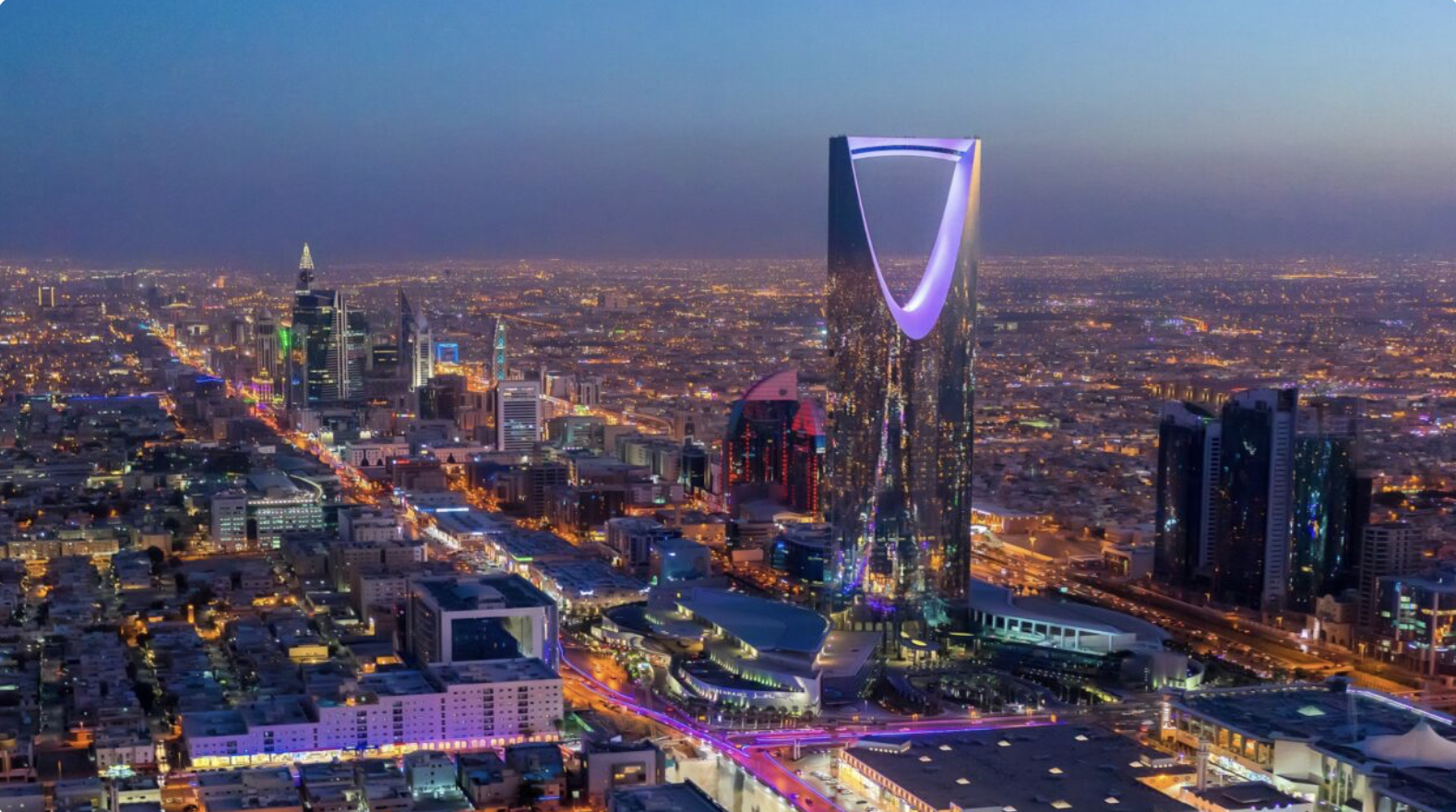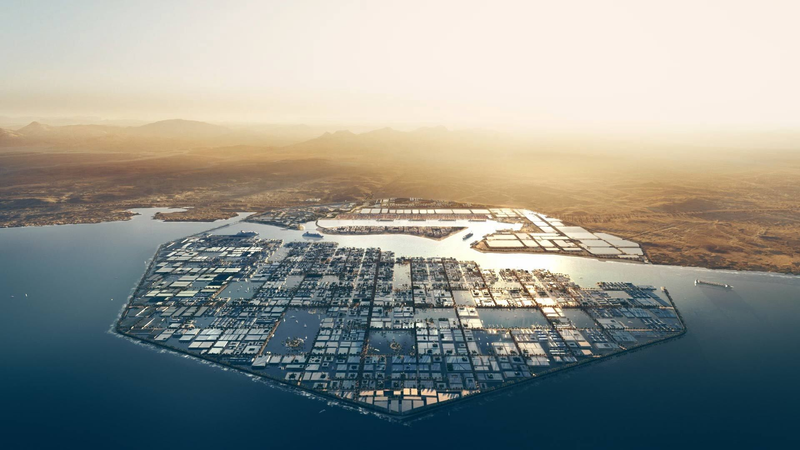Saudi Arabia’s Growth Outlook Adjusted, But Economic Transformation Stays on Track
The IMF has revised Saudi Arabia’s 2025 GDP growth forecast to 3%, but non-oil sectors continue to thrive. Learn how Vision 2030 reforms are unlocking new opportunities for growth and investment.

RIYADH — April 23, 2025
The International Monetary Fund (IMF) has revised its projection for Saudi Arabia’s 2025 GDP growth to 3%, reflecting a temporary slowdown in oil production. However, the broader economic outlook remains strong as the Kingdom continues to diversify and invest in long-term growth drivers beyond hydrocarbons.
Despite short-term oil market challenges, Saudi Arabia is progressing confidently under Vision 2030, with non-oil sectors leading the charge and business opportunities expanding across the board.
Resilient Foundations: A Positive Economic Trajectory
Non-Oil Sectors Continue to Outperform
In 2024, non-oil activities contributed over 52% of Saudi Arabia’s GDP, marking a historic shift in the structure of the national economy. This transformation is driven by targeted investments, improved fiscal discipline, and a vision for sustainable growth.
Key Growth Sectors Include:
- Tourism & Heritage: Projects like AlUla, Red Sea Global, and Diriyah are attracting global attention.
- Entertainment & Culture: The Qiddiya megaproject and Riyadh Season are redefining local engagement.
- Innovation & Fintech: A booming startup scene supported by digital infrastructure and regulatory reform.
- Sustainability & Energy: The Saudi Green Initiative is turning the Kingdom into a clean energy pioneer.
Credit Strength & Investor Confidence
In March 2025, S&P Global Ratings upgraded Saudi Arabia’s credit rating to A+, citing robust non-oil sector growth, low public debt, and solid institutional capacity. The IMF also forecasts growth to rebound to 3.7% in 2026, underlining strong confidence in the Kingdom’s long-term strategy.
Opportunities for Brands and Investors
Business Leaders Are Encouraged to Align With Vision 2030
The current economic environment offers a strategic window for businesses and investors to position themselves within emerging sectors.
“This is not a slowdown — it’s a shift toward smarter, more resilient growth,” says Dr. Laila Al-Rashid, an advisor in public-private partnerships. “Vision 2030 is working — and the numbers prove it.”
Actionable Insights for the Private Sector:
- Align with national priorities in logistics, sustainability, and digital services.
- Explore partnerships in tourism, cultural development, and education.
- Position your brand as a contributor to long-term value, not just short-term sales.
Conclusion: The Kingdom Is Moving Forward With Confidence
While global oil markets fluctuate, Saudi Arabia’s economy is evolving and leading with a blueprint that is forward-looking, inclusive, and opportunity-rich. The IMF’s adjustment is part of a broader narrative of strategic resilience.
Saudi Arabia’s transformation under Vision 2030 continues to inspire optimism among global stakeholders, making it one of the most dynamic markets to watch and engage with in the years ahead.



